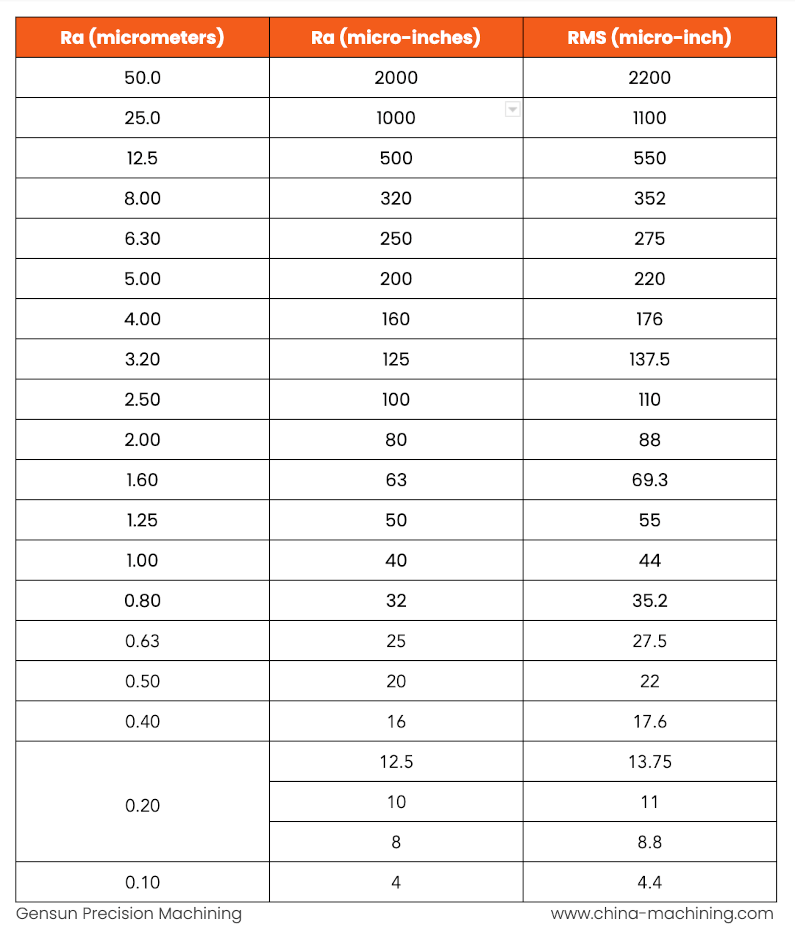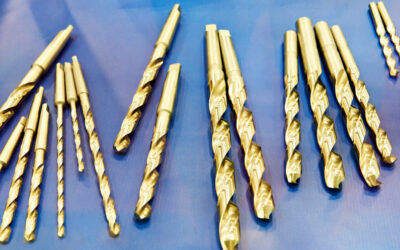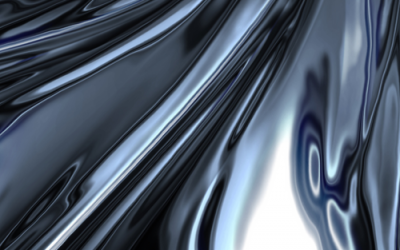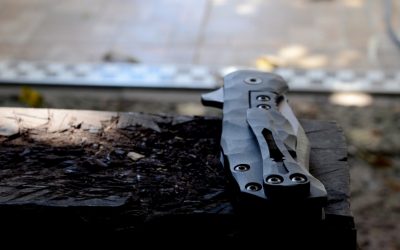Are you planning to bring a new product to market, or do you have different part designs you want to manufacture and assemble?
Your parts’ surface roughness plays an important role in the durability and performance of your product. For instance, rough surfaces typically experience high friction levels, making them more prone to wear and tear than smoother surfaces.
Sometimes, though, rough surfaces are desirable — certain applications require parts with a level of roughness that promotes adhesion for coating and painting. In addition, different manufacturing processes produce different types of surface finishes.
To make an informed decision about the ideal surface finish and manufacturing methods for your parts, you need to first understand surface roughness charts in manufacturing. Here, we discuss all you need to know about surface finish and roughness and how to measure it.
What is Surface Finish?
To better understand surface finish, let’s consider a simple illustration of a typical machined part shown in Figure 1. Surface finish simply describes the overall texture of a surface (or part), and it is characterized by:
- Lay
- Waviness
- Surface roughness
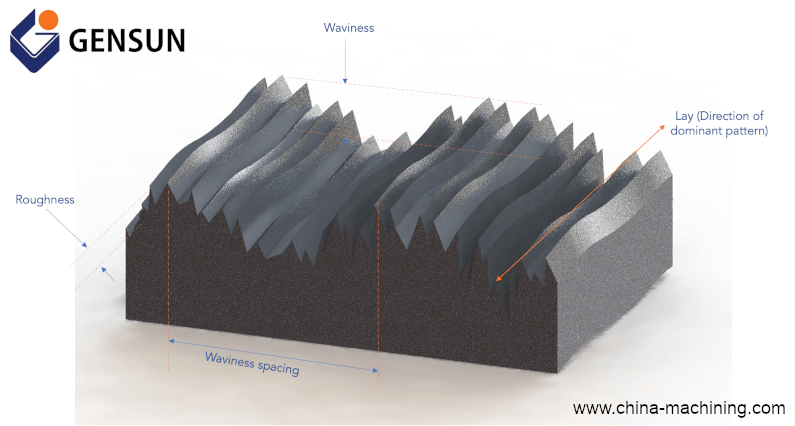
Figure 1: Machined part showing the surface finish
Lay refers to the dominant pattern on the surface and the orientation of that pattern. For instance, the lay patterns could be vertical, horizontal, circular, perpendicular, or crosshatched; it all depends on the manufacturing method used to create the parts.
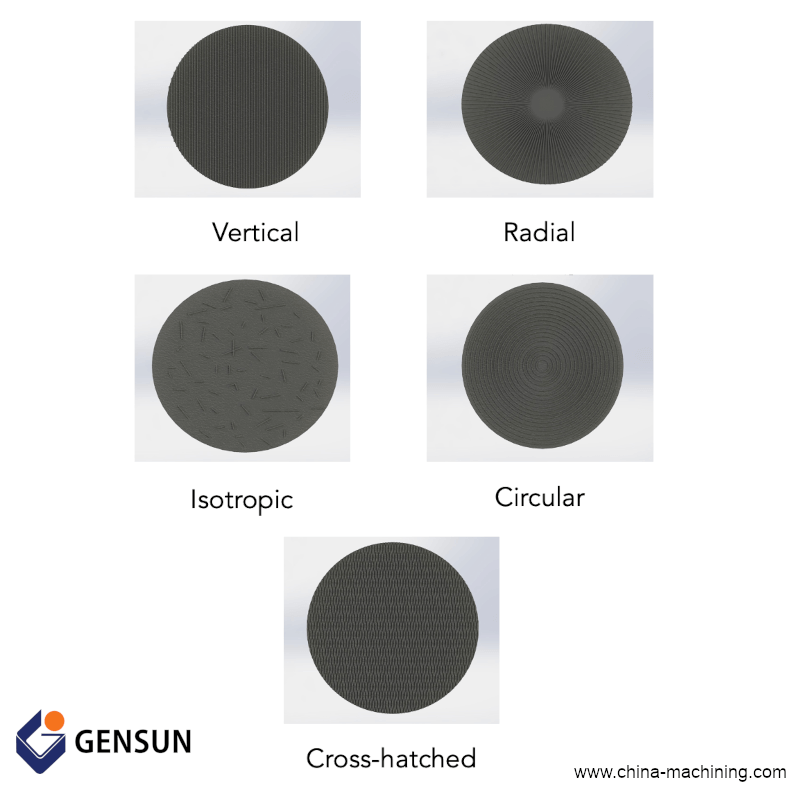
Figure 2: Different types of lay patterns
Surface roughness is a measure of the total spaced irregularities on a part’s surface. This is what engineers and machinists mean when they talk about surface finish. The lower the surface roughness number, the fewer irregularities the surface has.
Waviness measures a more widely spaced deviation of a surface from its nominal shape. It describes uneven surfaces that appear periodically at longer intervals than surface roughness. It is usually caused by machining defects resulting from chatter and deflections or warping from heating and cooling operations.
How do You Measure Surface Roughness?
Figure 3 represents the cross-section of a typical machined part with surface irregularities. To measure the surface roughness of this part, you have to measure the height of the roughness peaks along the length of the part. There are several quality control devices for measuring surface roughness, but top-notch machine shops generally use the surface roughness meter.
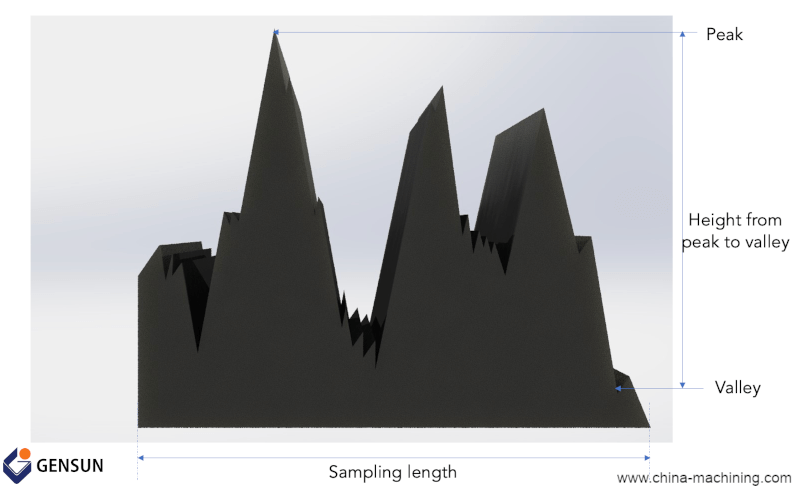
Figure 3: Cross section of a part with surface irregularities
A surface roughness meter features a stylus (or high-resolution probe) that moves across the surface of the target in a direction that is perpendicular to the lay pattern and at a constant speed. Through special electrical systems, the meter obtains (and amplifies) electrical signals to produce a more enlarged vertical magnification. Depending on your choice of national standards, this meter assesses surface roughness using either of these three indicators:
- Average roughness Ra
- The average height of unevenness Rz
- RMS roughness
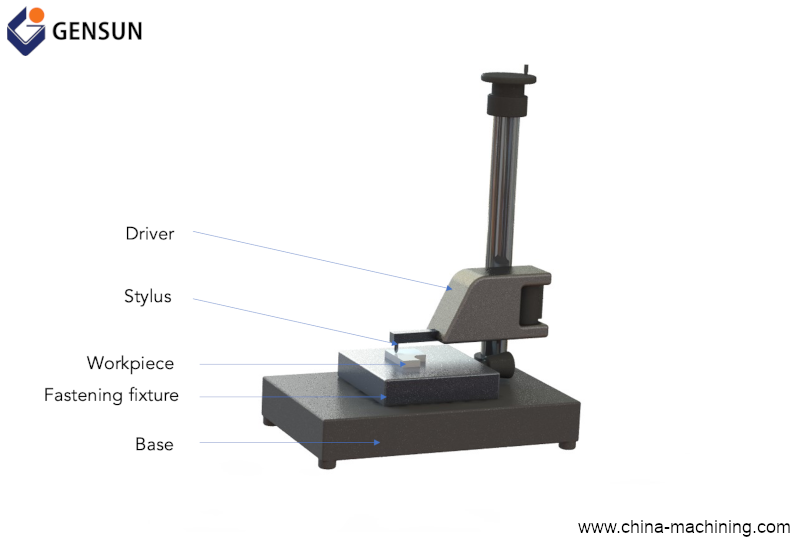
Figure 4: Surface roughness meter
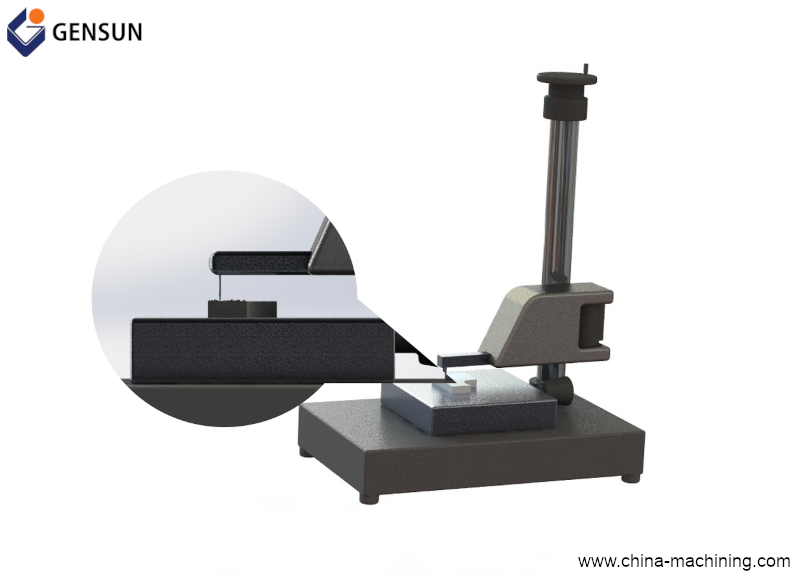
Figure 5: Surface roughness meter showing an enlarged view of the stylus and workpiece
The average roughness, also called the centerline average, is the arithmetic average of all the surface heights measured across a surface. It is by far the most commonly used surface roughness indicator. However, keep in mind that different surface roughness profiles can have the same Ra but perform differently. Therefore, you might need to determine more surface roughness parameters to distinguish these differences.
The average height of unevenness (or mean roughness Rz) assesses surface roughness by calculating the average of the five largest “peak to valley” differences within five sampling lengths. It is a more commonly used indicator in Europe and Asia.
RMS roughness measures the root mean square of all the peaks and valleys of a surface. Because the RMS roughness indicator uses more points than the Rz roughness, it is more accurate than Rz. It’s usually a good option if you don’t want to calculate Ra.
Surface Finish Chart: Surface Roughness Indicator Conversion
Table 1 lists the surface roughness conversion chart for Ra, Rz, and RMS roughness indicators.
Top-notch Machining and Surface Finishing Services: Gensun Can Help
Now that you understand what surface finish and the surface roughness chart entails, you’d probably agree that surface finishing operations require the best technologies and experts to fabricate the desired part.
Gensun Precision Machining has been in business for nearly two decades, providing second-to-none machining services across Asia. Not only do we have expert engineers and machinists, but we also have a dedicated team of quality control experts who ensure our machined parts meet our customers’ surface roughness requirements.
Learn more about our CNC machining services.

